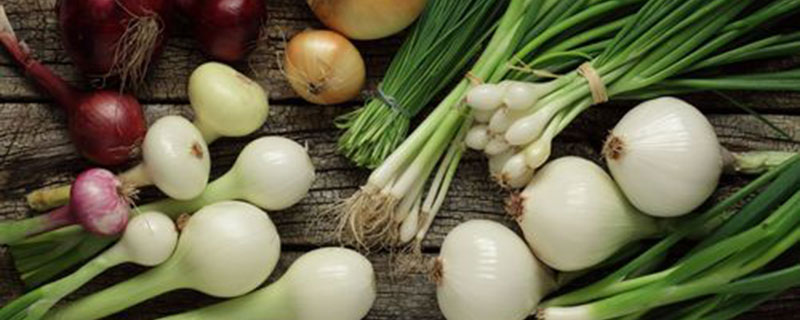H e a l t h
Food is the most powerful medicine available to heal chronic disease, which will account for over 50 million deaths and cost the global economy $47 trillion by 2030. All you need to do is eat your medicine and think of your grocery store as your pharmacy.
A Chinese Revelation About Food
The word for eating in Chinese is comprised of two characters: chi fan, or eat rice. The word for taking medicine is chi yao, or eat medicine. The ancient culinary traditions of China created meals for pleasure as well as healing. Beyond simply being a mechanism for conveying calories, food is a source of special ingredients than can transform your health. These are called phytonutrients – special plant chemicals that are not calories, protein, fat, carbohydrates, vitamins and minerals, but special molecules that interact with your biology, special molecules that act like switches on your DNA to heal your body.
While modern scientists are rapidly discovering new molecules, the phytonutrients, in food that have medicinal properties and enhance health through improving the function of genes and metabolism, the ancient Chinese have incorporated this knowledge into their cuisine for thousands of years. There is no distinction between food and medicine in Asia.
They eat their medicine.
The most powerful tool in your toolkit is food. However, the notion that food is anything other than calories for energy and sustaining life is foreign to most Westerners. 5 Mountains aims to change that !
Beyond Calories: Food as Information
Nutrigenomics research teaches us that food contains information that speaks to our genes, and “talks” to our DNA switching on or off genes that lead to health or disease. What you eat programs your body with messages of health or illness. Centuries old Chinese wisdom of the power of foods to fill the belly, nourish the soul and heal the body must be shared with everyone.
Here’s what to do:
Think Color!
Plants use colors as their protective mechanisms. Those colors are the sources of the phytonutrients which act like medicine in our bodies. We use their defense mechanisms to help our bodies function better – these are the anti-inflammatory, detoxifying, anti-oxidant and hormone-balancing compounds that we should eat every day to prevent disease and create optimal health or UltraWellness!
The vast array of colors in vegetables represent over 25,000 chemicals that are beneficial. There is evidence that interaction between the colors provides additional benefits, so it’s important to have a diverse diet and eat different foods.
Fruits and vegetables are historically and biologically important. Our ancestors, the hunter-gatherers, ate over 800 varieties of plant foods.
Each color represents a different family of healing compounds. Though we have selectively bred the colors we eat into very narrow ranges in nature vegetables comes in a painter’s palate of color. There are red carrots in India, we eat orange ones. There are 150 varieties of sweet peas, but only a few are available to us. We need to make an extra effort to eat many different foods to get the full range of benefits.
Here are a few tips to put healing medicines in your diet without swallowing a pill.
Remember eat the rainbow!
Red Group (tomatoes, pink grapefruit, watermelon)
These contain the carotenoid lycopene, which helps rid the body of free radicals that damage genes. Lycopene seems to protect against prostate cancer as well as heart and lung disease. Processed juices contain a lot of the beneficial ingredients. One glass of tomato juice gives you 50 percent of the recommended lycopene.

Yellow/Green Group(spinach greens, collard greens, mustard greens, turnip greens, yellow corn, green peas, avocado, honeydew melon)
These are sources of the carotenoids lutein and zeaxanthin. These are believed to reduce the risk of cataracts and age-related macular degeneration. Lutein is a yellow-green substance that concentrates in the back of your eye. It may also reduce atherosclerosis.
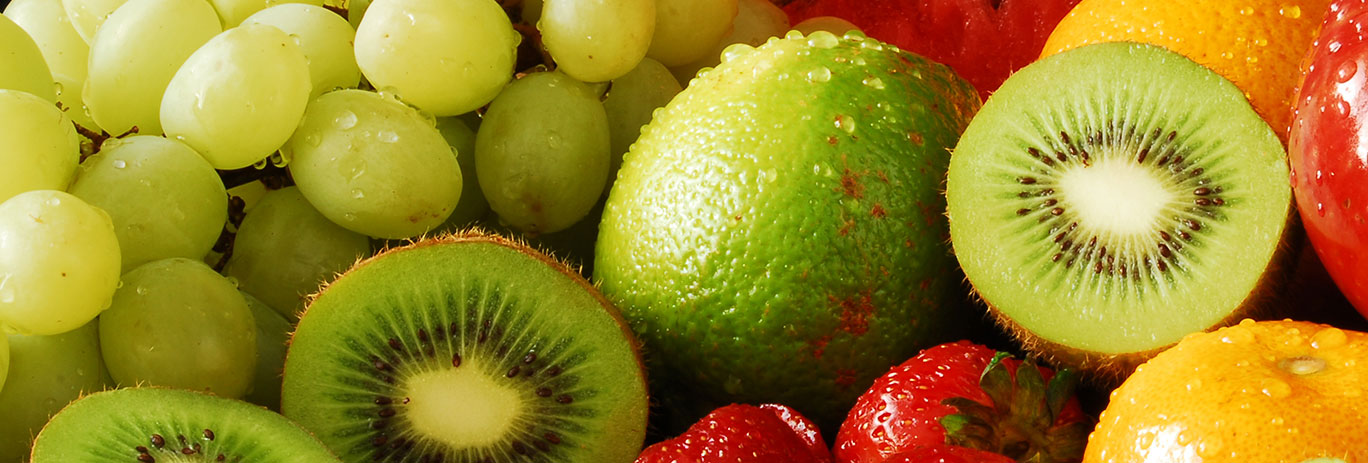
Orange Group (carrots, mangos, apricots, cantaloupes, pumpkin, acorn squash, winter squash, sweet potatoes)
These contain alpha carotene, which protects against cancer. They also contain beta-carotene, which the body converts to vitamin A. It protects the skin against free-radical damage and helps repair damaged DNA. Beta-carotene is also good for night vision.

Orange/Yellow Group (pineapple, orange juice, oranges, tangerines, peaches, papayas, nectarines)
These contain beta cryptothanxin, which helps cells in the body communicate and may help prevent heart disease. In addition, a single orange contains 170 percent of the recommended daily vitamin C. It’s interesting to note that the skin of an orange is high in a protective fat that has been found to kill cancer cells in humans and animals, which highlights the fact that two-thirds of all drugs come from the plant world.
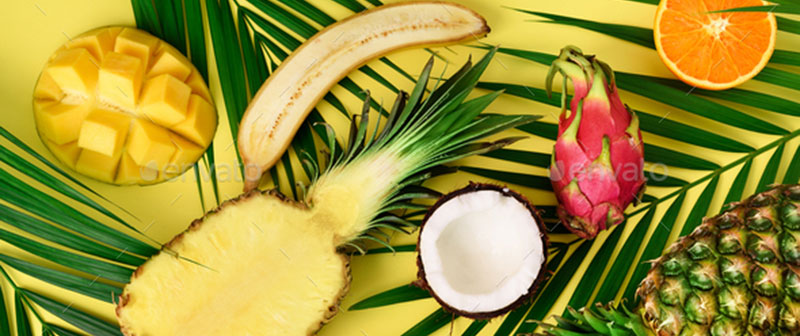
Red/Purple Group (beets, eggplant, purple grapes, red wine, grape juice, prunes, cranberries, blueberries, blackberries, strawberries, red apples)
These are loaded with powerful antioxidants called anthocyanins believed to protect against heart disease by preventing blood clots. They may also delay the aging of cells in the body. There is some evidence they may help delay the onset of Alzheimer’s disease.
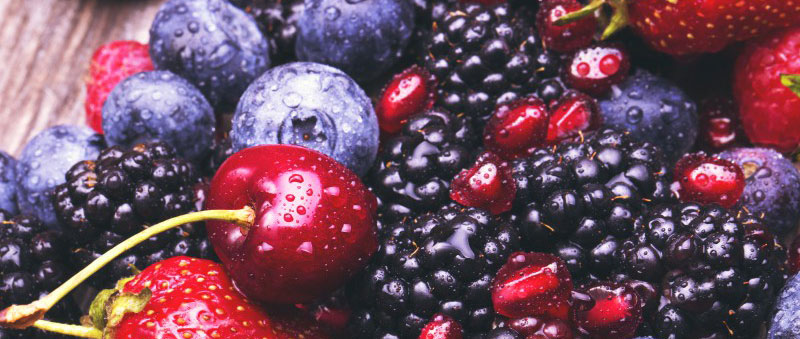
Green Group (broccoli, Brussels sprouts, cabbage, Chinese cabbage or bok choi, kale)
These contain the chemicals sulforaphane and isocyanate and they also contain indoles, all of which help ward off cancer by inhibiting carcinogens. It’s a fact that ten percent of the population doesn’t like broccoli. But it is important in diets because of the beneficial chemicals it contains.
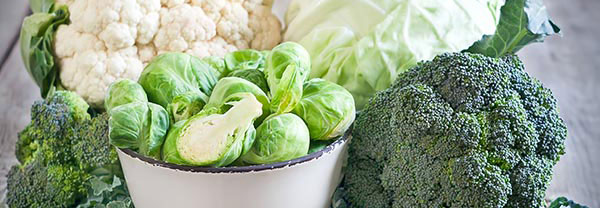
White/Green Group (leeks, scallions, garlic, onions, celery, pears, white wine, endive, chives)
The onion family contains allicin, which has anti-tumor properties. Other foods in this group contain antioxidant flavonoids like quercetin and kaempferol.
